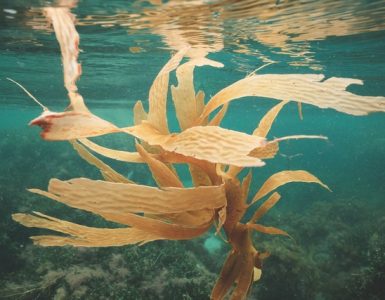If you have ever been on a boat ride in a water body with these playful marine creatures, you would have loved that sight. Dolphins are often seen leaping out of the water, riding waves, and swimming alongside boats.

Dolphins are found in water bodies worldwide, from the River Ganga in India to the icy waters of the Arctic. Dolphins belong to the family Delphinidae, which includes more than 90 species of marine mammals.
They are one of the most intelligent aquatic mammals in the world and have more extensive and complex brains than most other animals. They are capable of complex problem-solving, communication, and even self-awareness.
These marine creatures are highly social animals and often swim in groups called pods, which can consist of hundreds of individuals. Community living is vital in protecting dolphins from predators such as sharks and also helps them while hunting their prey. To establish communication among themselves, they use a variety of sounds, including squeaks, whistles, and clicks, which can be heard from kilometers away. Some Dolphin species even use echolocation, a tactic used to navigate deep waters using sound waves.
Apart from that, they are excellent swimmers. In terms of sustained swimming speed, the common dolphin (Delphinus delphis) can reach speeds of up to 60 kilometers per hour (37 miles per hour), making them one of the fastest marine animals.
Their intelligence, communication skills, and speed make them one of the top predators. Dolphins eat various fish, squid, crustaceans, and other small marine animals. This helps to regulate the populations of their prey, such as fish and squid, which helps maintain the balance of the food chain.
When dolphins hunt and eat their prey, they release nutrients back into the environment through their feces, which helps fertilize the ocean and support the growth of phytoplankton, a critical food source for many marine animals.
A fun fact about dolphins is that they have a special adaptation called “unihemispheric sleep” that allows them to rest one half of their brain at a time while the other half stays awake to help them swim, surface for air, and remain alert to predators. This means that dolphins can rest while still staying alert to potential dangers and can even sleep while swimming! It is a unique adaptation that is not seen in any other mammal.
Dolphins are known for their playful behavior and often engage in acrobatic displays, such as leaping out of the water and spinning in the air. The playful characteristics of Dolphins are a significant attraction for tourists. Boat rides to show wallowing and jumping dolphins are part of the iteniary of many travelers. Therefore Dophins, by doing what they do, helps bring significant economic benefits to the communities where they live.
Threats facing Dolphins
Dolphins have a lifespan of around 20-30 years in the wild, although some species can live up to 50 years or more. However, the lives of dolphins are increasingly threatened by human activities.
Increase in Shipping activities: Due to increased shipping traffic across the oceans and rivers in the past few years, Dolphins, along with other major marine animals, are facing interferences in their ability to communicate, reproduce, navigate, and find prey. In addition, the noise pollution from ships leads to stress and injuries to dolphins.
Plastic Pollution & Accidental Fishing: Hundreds of dolphins, whales, and porpoises die each year by consuming plastic or from accidental entanglement in fishing gear, including discarded nets.
Global Warming: The warming of the oceans is driving away the prey of dolphins, which can make it harder for them to find food.
Wrapping Up
Overall, dolphins play a crucial role in maintaining the health and balance of the marine ecosystem, and their well-being is closely linked to the health of the entire ocean.






Add comment